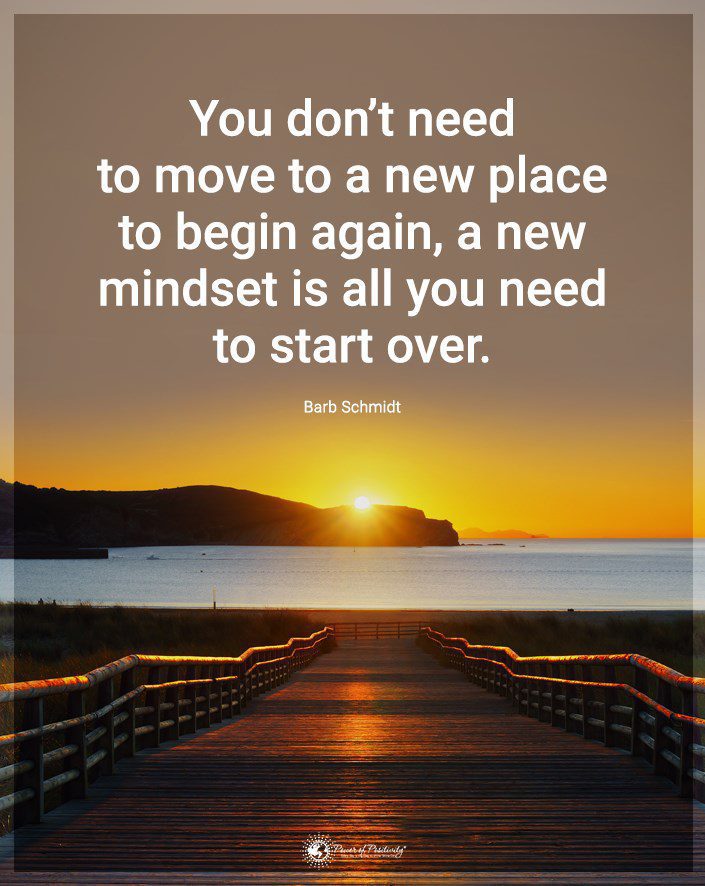The term “biohackers” might seem like something from a sci-fi movie. While the idea of biohacking has been used precisely for making sci-fi movies and series, that’s not the only reason it’s suitable. Biohacking is a newer idea that seems to be gaining traction with people looking to live a longer life.
Living a longer, healthier life is probably on everyone’s to-do list. But, right now, we are bound by our genetic constraints to live somewhere around seventy years. Of course, this average depends on many factors, higher in more developed states. A person’s genes, as well as their environment and lifestyle, influence life expectancy.
But, as of right now, people can only improve their environment and lifestyle. While many scientists are trying to “cure” aging, this doesn’t seem achievable in our lifetime. Gene modification might be a solution for the future, but right now, we have to rely on other methods. Because of this, there has been a rise in the number of biohackers practicing. And their plans seem to be effective.
Here are some tricks that biohackers use to ensure they’ll live a longer life.
What Are Biohackers?
The easiest way to describe the concept of biohacking is the idea of using technology to influence human genetics. But it’s not limited to using technology to achieve their goals. In fact, the most mainstream form of biohacking is DIY biology, which deals with using science to enhance the human condition. While most biohackers go for the DIY biology approach, some choose to incorporate nutrigenomics or grinder techniques in their lifestyles.
DIY Biology
DIY biology is the most reliable genre of biohacking, as it’s spread by people with education and experience in the biological field. Some describe it as the predecessor of the biohacking movement. This field was pioneered in 2005 by bio-economist Rob Carlson. This movement hopes to end the era of “garbage biology,” as Carlson called it.
It includes innovative life science solutions that also contribute to the economy. Carlson believed that the average person could build a functional genetic engineering lab at home with as little as $1,000. That same year, Carlson put his money where his mouth was and made a garage lab from where he worked on projects he had started at the Molecular Sciences Institute in Berkley.
This movement encourages ordinary people to learn more about science from reliable sources and apply the finding in their daily life. It also aims to create more openness in scientific spaces. As a result of this phenomenon, biohacking spaces started opening worldwide, with the first spaces opening in 2010.
Nutrigenomics
Nutrigenomics is a field later incorporated into the biohacking movement. Biohackers started being interested in how their food interacts with genes, and a whole subculture emerged. In essence, nutrigenomics studies the effects of nutrition on gene expression. But it also examines how genetic variations affect the nutritional environment. This data could bring more awareness to how specific dietary regimes affect our health.
A combination of nature and nurture governs our health, and there is no way to determine whether someone will fall ill, for example. But nutrigenomics aims to lower the risks of early demise by making sure our genes can be appropriately expressed. Because molecules in food can affect gene expression, it’s crucial to understand how to control this interaction. If done correctly, nutrigenomics aims to allow individuals to attain their full genetic potential.
Grinders
Grinders are potentially the sci-fi type of biohackers, as their subculture stems from transhumanist philosophies. They aim to integrate mechanical parts into the human body. Essentially, they want to become cybernetic organisms (cyborgs). For example, a colorblind grinder might use a bone-conducting implant in their skull that would allow them to hear colors.
Three Tricks Biohackers Use for a Longer Life
Not all enhancements done by grinders have to be drastic, and not all grinders want to become full-fledged robots. Something as simple as having an implant in your hand that stores all your medical records is considered grinding. So, any biohacker can use some of the knowledge grinders have to increase their longevity.
1. They Use Wearable Technology
Grinders mostly use this idea, but that has become mainstream because it’s not as invasive as other grinder methods. Wearable technologies are implants inside the body to enhance and prolong human life. This idea is trendy among biohackers as it doesn’t require much effort. It’s not a significant change in your daily routine that you have to maintain for your whole life.
Wearable technologies aren’t exactly a new idea. The hearing aids humans have used for so long are examples of such technologies. It’s just that there have been many new developments lately in this field. This is also because interest is continuously rising.
One of the most sophisticated examples of wearable technologies is AI hearing aids or even VR headsets. But there are many technologies, like disposable skin patches that transmit patient data to devices in healthcare facilities, that are less complex. These technologies don’t have to fall into a single category. They aren’t just meant to enhance your physiological capabilities.
Even smartwatches or Bluetooth headphones are examples of wearable technologies. Of course, biohackers are more interested in the ones that can enhance human life from a medical standpoint. And they hope that these technologies will evolve in a way that will allow them to override the limitations of the human body and enable them to live longer.
2. They Aim to Acquire Scientific Knowledge on How to Achieve a Longer Life
A big part of biohacking centers around advocating for open-source science. Most biohackers see an issue with how science is reserved chiefly for academic spaces, and they are right. They believe people have a right to know scientific details without paying for scientific articles, for example. And available medicine is a big part of their advocacy.
One of the best tips one could learn from biohackers is that everyone needs to understand some basics of science to have a longer life. Biohackers don’t operate alone and unsupervised. It’s a community that unites specialists and people willing to learn. If you go to a certified biohacking space, you will find a well-structured community that operates in the safest way possible.
You can take classes, talk to advisors, and access high-tech equipment in this community. All of these are under rigorous safety standards, so the risk is no higher than if you’d go straight to the doctor. These spaces will teach you that information is the key to living a good and long life. The medical field isn’t as advanced as it could be, and some of its procedures are outdated. In these biohacking spaces, people are free to use newer techniques to respond to specific issues.
For example, biohackers work toward using 3D printers for as many procedures as possible. As of right now, the most notable use of 3D printers is for custom-printed orthoses. So, if you want to acquire more scientific knowledge, you might want to consider joining one of these spaces.
3. Biohackers Use Nutrition to Their Advantage
You might think that you need to eat only vegetables and lean meat for longer and better life. But that’s not the case, and biohackers know it. The most important thing you can do is learn how foods interact with your genes and use that to your advantage. For example, biohackers don’t even eliminate caffeine from their diets. On the contrary, they use it as a productivity booster.
They even use something they call bulletproof coffee (which combines coffee, oil, and butter) as a substitute for breakfast. Bulletproof coffee enthusiasts claim that it gives you enough productivity for the whole day and even helps with weight loss. Not all diet tips from biohackers sound as extreme as this one. The most well-known advice is to use an elimination diet. What you need to do to follow this diet is eliminate a particular food for a week or so and see what happens.
Then, reintroduce the food slowly into your diet, and note the changes. This technique can affect your mood, energy levels, and overall well-being. Biohackers use this method to figure out if they are allergic to a particular food. If, after reintroduction, symptoms like rashes appear, then you know you are allergic to that food.
Another popular diet amongst biohackers is intermittent fasting. This diet is highly customizable, depending on your needs. Some people go to the extreme and only have a four-hour window in which they can eat. But the most popular type of intermittent fasting is the 16-8 one. In this diet, you have an eight-hour window to eat, and outside that window, you can only drink water.
This diet lowers insulin levels, which helps you burn fat more efficiently. It also helps repair damaged tissue and prevents diseases such as cancer. But you should be wary that people with diabetes, low blood pressure, and other issues shouldn’t go for this diet.
Final Thoughts On Three Tricks Biohackers Use for a Longer Life
Biohacking might be the answer to our concerns about living a longer life. It’s a newer spin on science that tries to incorporate things like technology into our daily life. It’s also concerned with reaching the perfect balance between good genetics and a good environment. It aims not only to make life longer but also more comfortable.
Biohackers fall into many categories, but they all want to reach the same goal: longevity. For that purpose, they take different paths. But all types of biohackers have tips that genuinely work and are worth a look. And by contributing to research in fields like wearable technologies, they help make advancements in science.
But they also focus on simpler things, such as changes in one’s diet. Things like intermittent fasting have improved people’s quality of life, so maybe that’s something you’d want to implement in your lifestyle. But, potentially, the most important thing you can learn from biohackers is that open-source science is essential. The more you know about science, the better and longer your life can be.




















